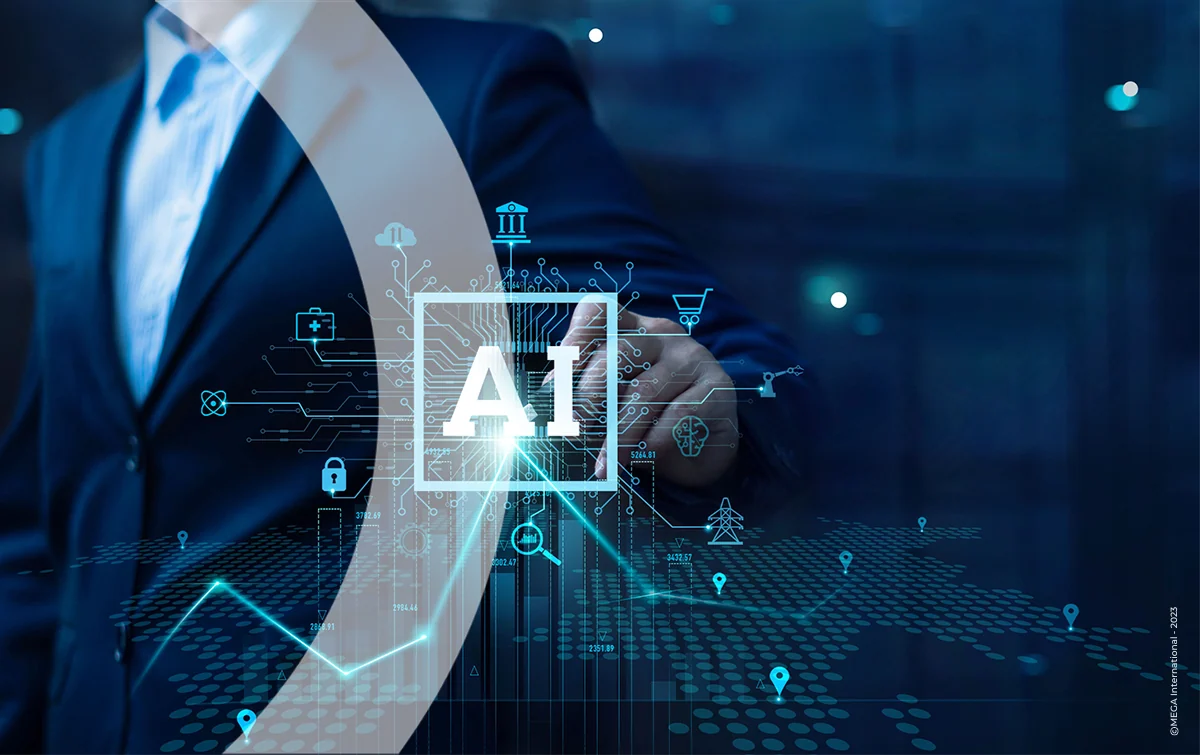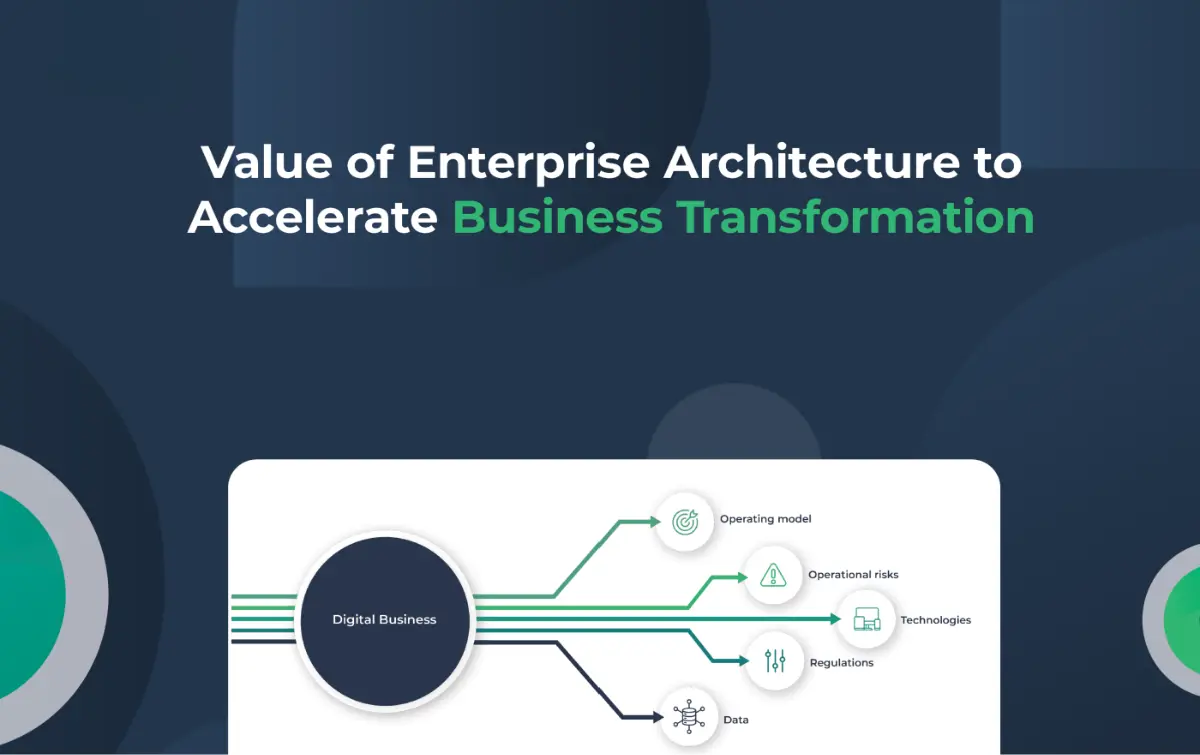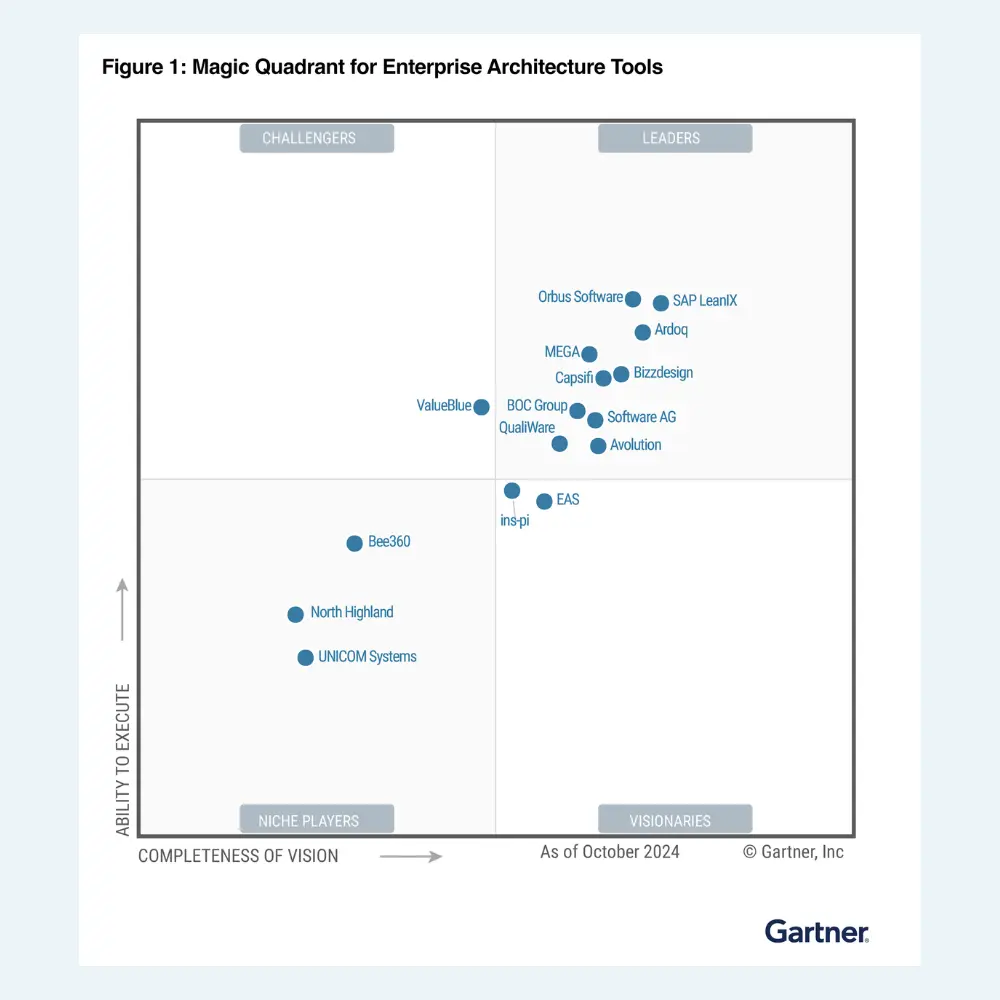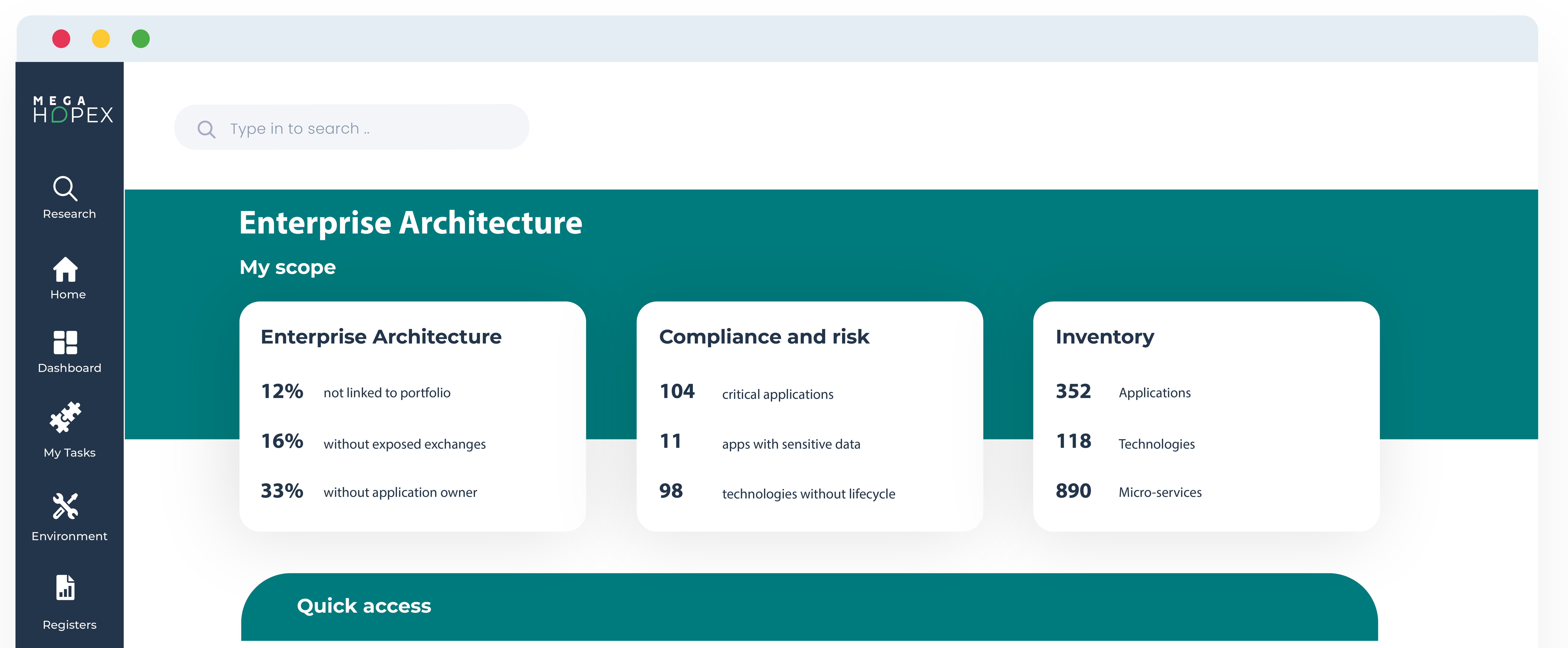
7 Key Factors for Successfully Navigating the AI Revolution
In the constantly evolving competitive landscape, artificial intelligence (AI) is emerging as a strategic imperative for maintaining organizational competitiveness. However, its adoption requires a careful approach to avoid resource waste and stay in sync with the competition. In this context, the guidance of an enterprise architect becomes essential for successfully navigating the challenges and opportunities of the AI revolution within organizations.
1. Identifying the Specificities of AI in the Technological Landscape
This is undoubtedly the most crucial point: Artificial Intelligence promises a true revolution, from both business and technology perspectives. Unlike other technological advancements such as cloud computing, IoT, or microservices, AI is much more than a simple evolution. It generates massive amounts of data, setting it apart and making its impacts far more substantial and complex to measure. This creates considerable opportunities for businesses but also risks that need to be addressed.
Technically, AI requires significant computing power and massive volumes of data, necessitating special attention to data quality. On the business side, it profoundly changes processes and the skills required. Managing AI-related projects differs from traditional IT projects, that’s why enterprise architects are essential – they bridge the gap between business goals and the unique technical considerations of AI, ensuring the right decisions are made.
2. Ensuring data quality
AI biases, and even obvious errors, have frequently made headlines. Indeed, the principle of artificial intelligence relies on machine learning to generate information or actions from existing data. If the source data is incorrect, biased, or potentially misinterpreted by the AI, the resulting outputs will not be relevant.
For AI to work effectively, it requires large amounts of high-quality data. Additionally, the data needs to be perfectly contextualized - what processes and applications are they used in? For what purposes? Here again, the enterprise architect has the best visibility to ensure the successful implementation of AI within the organization: identifying data, modeling their life cycle, tracking data transformations by AI, and more.
3. Assessing the Cost of AI-Adapted Infrastructure
For artificial intelligence to function effectively, it requires powerful and complex technological infrastructures, which involve high costs. Before diving into AI, companies need to consider not just the exciting opportunities and potential risks, but also the budget.
This includes not only the storage needs for large amounts of data but also the computational power required. In this context, companies that have already migrated to the cloud benefit from a better assessment of the needs and costs associated with AI projects. This helps the IT department and the enterprise architect plan effectively.
4. Anticipating the Organizational, Structural, and Situational Impacts of AI
When a process is assisted by artificial intelligence, it undergoes radical changes that directly impact the employees involved, whether they are participants or decision-makers. Typically, AI integration eliminates repetitive tasks, accelerates time-consuming or low-value activities, and overall, boosts team productivity.
Therefore, managing jobs and skills becomes crucial when implementing AI within an organization. What are the risks to jobs? What training is necessary? How can employees be convinced to adopt AI? What is the role of human supervision in AI-assisted processes?
Enterprise architects, with their knowledge of existing processes, can play a key role in addressing these questions. They can support HR and top management to ensure the effective deployment of AI in the relevant processes.
5. Prioritizing AI Projects
Given its impact at all levels of the organization, AI is a significant investment: not just in terms of direct costs but also in the substantial time required. To avoid the risk of team burnout or unsustainable investment budgets, it is advisable to sequence projects.
Priority should go to those that offer the most value in the short term or whose value can be easily demonstrated internally or externally—these 'quick wins.' may include benefits or gains achieved through AI or cost reductions in a process. Enterprise architects can provide a strategic and methodological framework to implement such projects effectively. With their cross-functional vision, enterprise architects have the necessary elements to align AI projects with the company's strategy, assess their impact on existing operations, and ensure that the organization makes the right choices at the right time.
6. Ensuring Security and Regulatory Compliance of AI Projects
AI projects involve accessing and handling the organization’s data. making data security and integrity crucial. Adhering to IT security standards and regulations such as GDPR is fundamental to the success of AI projects.
Compliance must cover all relevant regulations for the company, considering its industries, sectors of activity, geographical locations, and the distribution areas of its products and services. In collaboration with legal and risk management departments, the enterprise architect provides a comprehensive view essential for ensuring compliant project deployment.
7. Moving Quickly, Without Rushing
Like digital technology in general, AI allows those who master it to penetrate and disrupt new markets with next-generation tools. Existing players face a twofold risk: not investing enough in these innovations and risking being outpaced by new entrants or making poor investment choices (or delaying too long).
In this context, the enterprise architect, who anticipates technological developments in line with the organization's strategy, must be at the heart of AI investment decisions. This role can enable the company to lead its competitors or protect itself against new entrants in its markets. In short, early adoption of AI today constitutes one of the pillars for securing competitive advantages tomorrow.
Enterprise Architecture Related Content
Shift from a documentation tool to an operational tool and accelerate business transformation
MEGA HOPEX for Enterprise Architecture
Request a demonstration of HOPEX for EA, and see how you can have immediate value of your projects.







